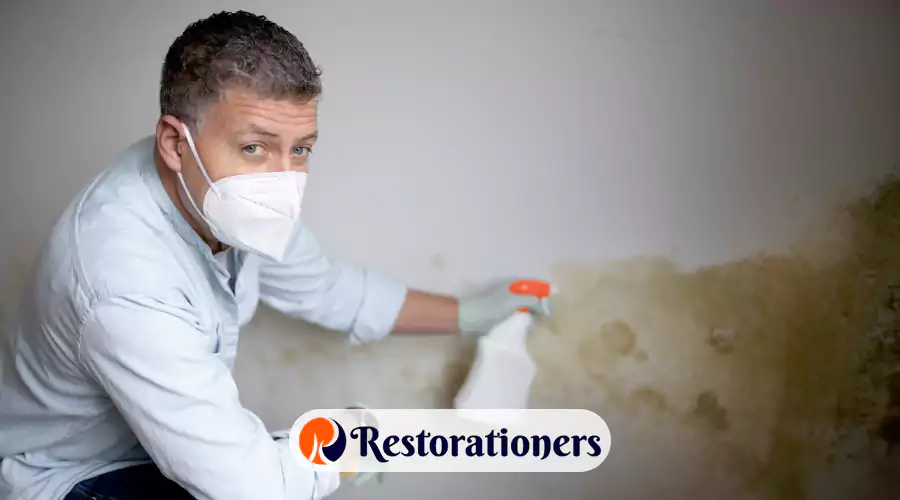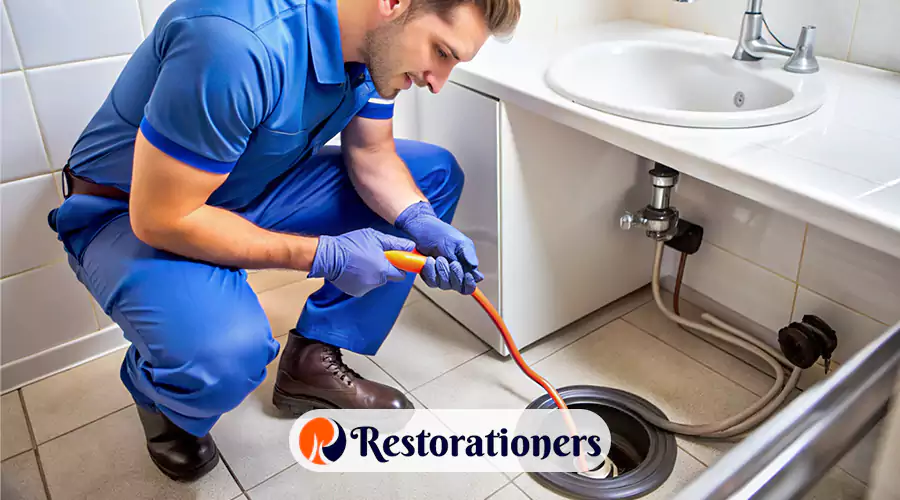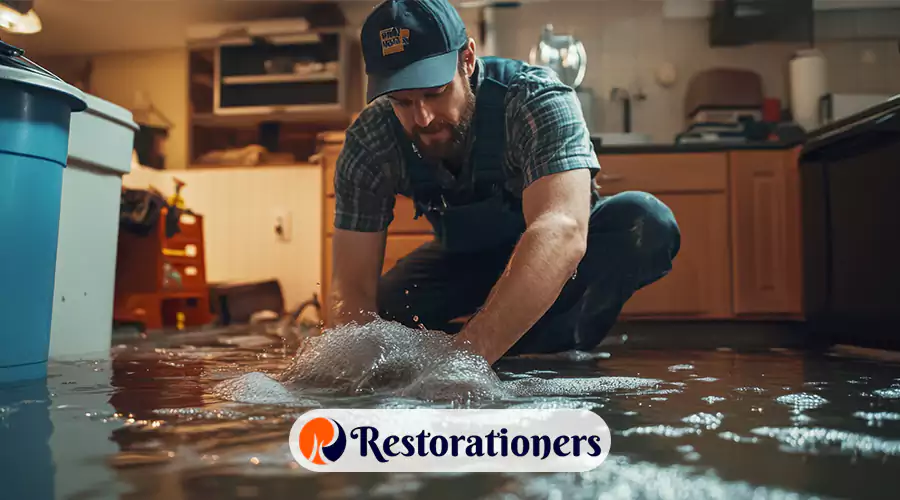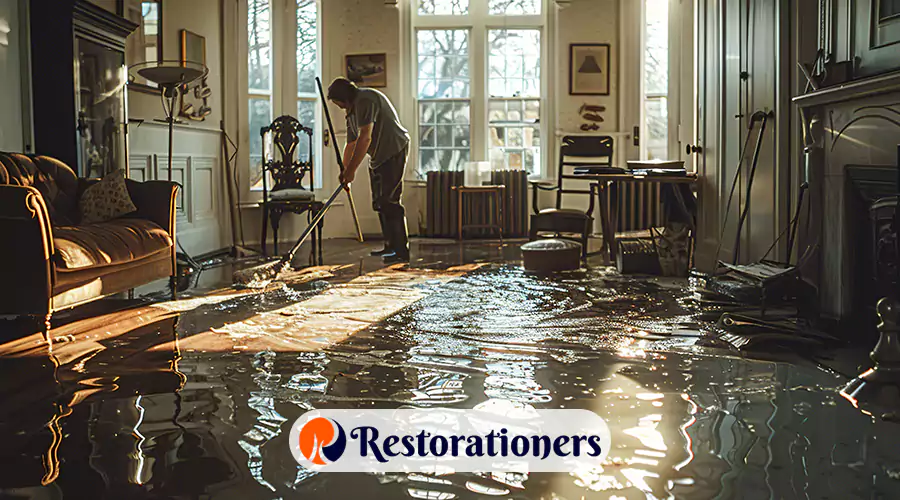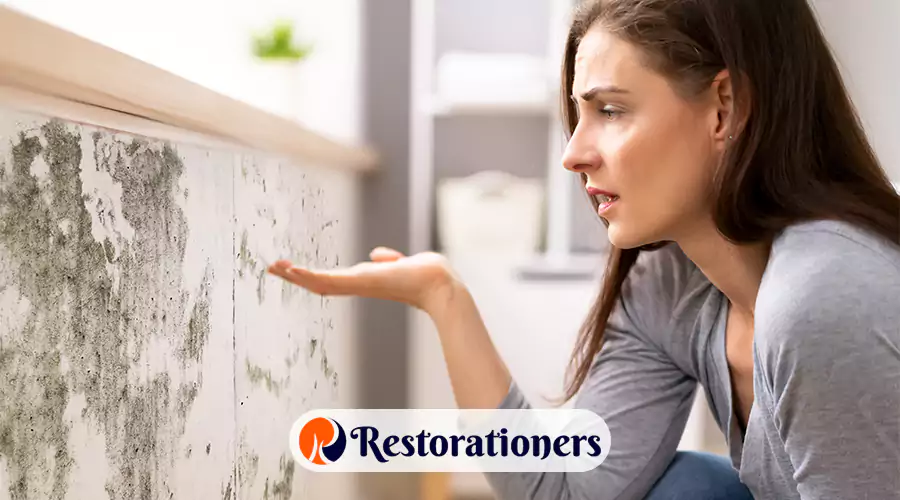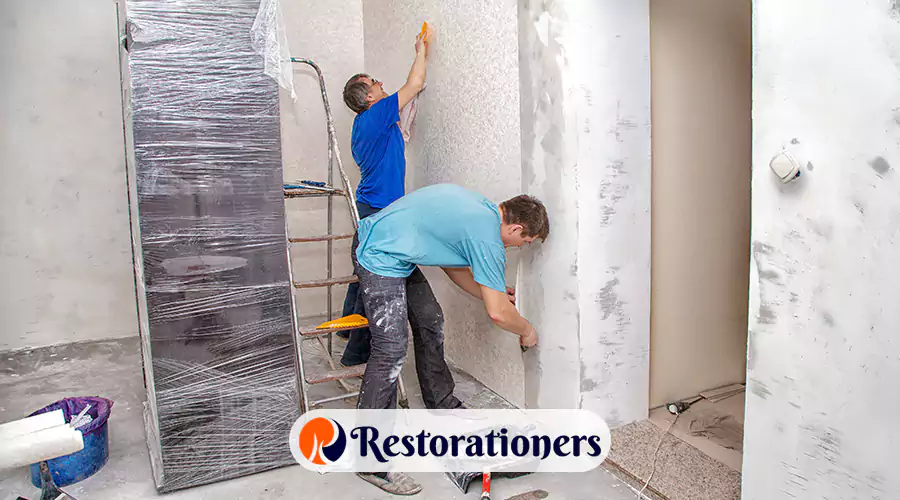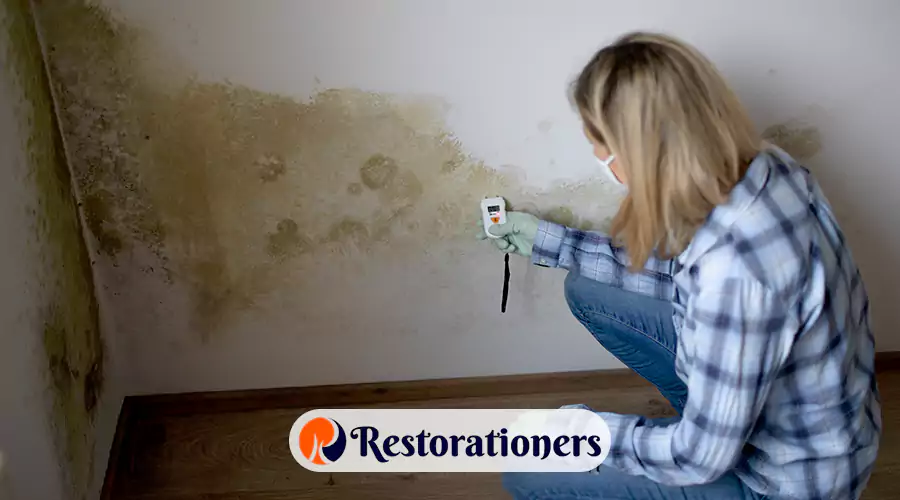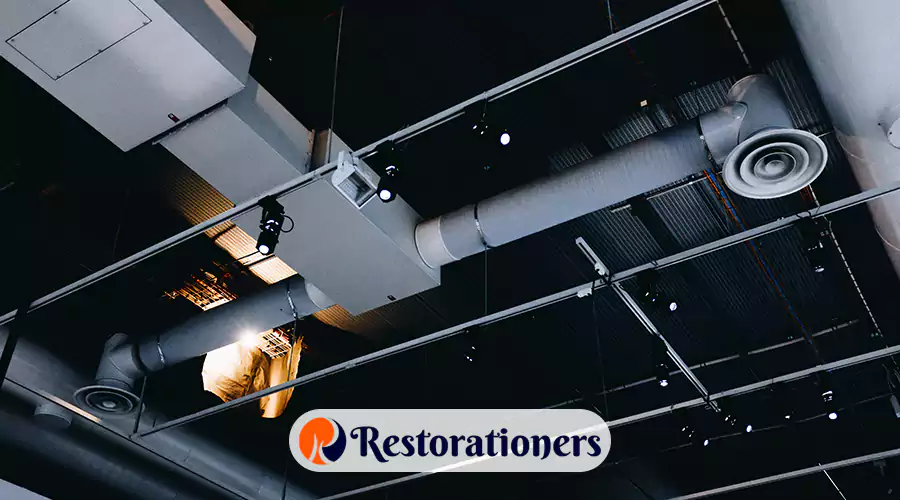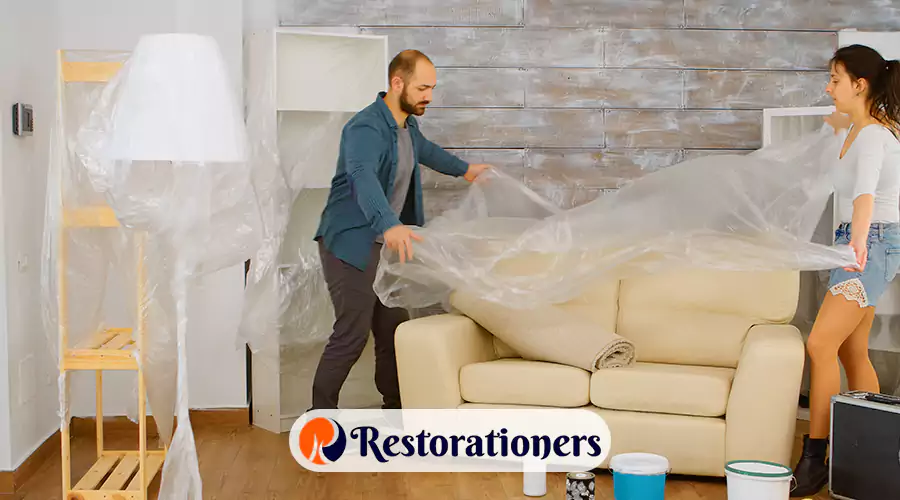Water causes mold formation within 24 to 48 hours and is a health and structural concern. Drying the affected areas is essential, and acting fast is recommended to counter mold growth. The use of mold prevention sprays is a constructive approach, which is why selection and application of them are crucial. The moisture in walls and floors usually makes it difficult to dry them thoroughly, which calls for a thorough inspection. A timely intervention with the correct products and techniques protects health and property from mold risks.
Mold grows fast after water damage, risking health and property. Timely drying, mold sprays, and professional help are essential to prevent long-term damage and costly repairs.John Davis
The Dangers of Mold after Water Damage
If water gets into your home by pipe leakage, flooding, or other misfortune, it becomes an excellent breeding ground for mold spores. Mold loves damp conditions, and it usually begins to grow where there has been water intrusion within 24–48 hours (according to the Environmental Protection Agency – EPA). If left untreated, mold can:
- Cause damage to structures and furniture.
- Decrease indoor air quality.
- Irritate allergies and cause respiratory ailments.
- Lead to long-term health complications.
Mold Thrives On:
- Moisture: Persistent wetness provides the best environment for breeding.
- Organic Material: Items like wood, drywall, and carpet are food for mold.
- Time: Some species can form colonies in under 48 hours.
Key Mold-Prone Areas
- Basements (due to poor drainage and high humidity)
- Walls and ceilings (hidden cracks)
- Carpets and rugs
- Wooden furniture and floors
- Crawl spaces (often neglected)
Understanding the Risk: Mold After Water Damage
Mold spores are present in the air and land on damp surfaces. Once there, they can grow quickly.
- Mold requires moisture, organic material, and temperatures between 40°F–100°F.
- Using professional antimicrobial sprays can reduce mold risk by up to 90%.
- About 50% of homes will experience Water Damage at some point.
- Mold-related health issues affect approximately 4.6 million people annually in the U.S.
- Remediation can cost $500–$6,000; prevention saves up to 70% in repairs.

Immediate Actions After Water Damage
- Remove Water Quickly: Use pumps, wet vacuums.
- Dry the Area: Use fans, dehumidifiers, and open windows.
- Remove Wet Materials: Carpets, drywall, insulation.
- Document the Damage: For insurance and repair reference.
- Call Professionals if Needed: Hidden damage may require experts.
What to Spray to Prevent Mold After Water Damage?
- Commercial Mold Inhibitors: Concrobium, RMR-141, Benefect, Mold Armor
- White Vinegar: 1:1 with water, kills 82% of mold species
- Bleach Spray: 1 cup bleach per gallon of water (avoid on porous surfaces)
- CLR Mold & Mildew Clear: Bleach-free foam spray
- Hydrogen Peroxide: 3% solution, safe and antifungal
- Essential Oils: Tea tree or clove oil diluted in water
- Borax Solution: 1 cup borax per gallon of water; leave residue on surface
Step-by-Step Guide to Mold Prevention
- Dry the Area Thoroughly: Use fans, dehumidifiers, air movers.
- Clean the Surface: Soap and water to remove organic matter.
- Apply Mold Prevention Sprays: Let dry completely.
- Inspect Hidden Areas: Behind walls, floors, and crawl spaces.
- Use a Moisture Meter: Check for leftover moisture.
- Monitor and Reapply: Check after days or weeks.
Special Considerations for Basements
| Action |
Details |
| Remove Water Quickly |
Use pumps to extract water efficiently. |
| Dry the Basement |
Deploy multiple dehumidifiers to target hidden moisture. |
| Use Anti-Mold Sprays |
Apply Concrobium or a vinegar solution to walls and floors. |
| Repair Leaks |
Fix foundation cracks and plumbing leaks to avoid recurring issues. |
Conclusion
The general ways of ensuring mold does not develop after water damage include acting fast, using the right equipment, and regularly checking. The proper sprays should be used after any flood, such as a Basement Flood, water leak, or flood, and the right conditions should be maintained to avoid associated costly repairs and health complications.

Preventing mold is a priority. Proper scrubbing, drying, and applying the right prevention sprays will keep mold away. With these strategies, you will be well-positioned to defend your home and prevent the effects of water damage and mold.
 Damage-Specific RestorationGeneral Restoration ServicesSpecialized RestorationCleanup & Removal ServicesBack to Main MenuDamage-Specific RestorationWater Mitigation Water Damage Flood Damage Basement Flood Clean Up Storm Damage Restoration Hurricane Damage Restoration Winter Storm Damage Restoration Water Leak Detection Services Fire Damage Smoke Damage Restoration Soot Removal Mold Damage Mold Remediation Biohazard Cleanup Earthquake Restoration Mudslide Damage Restoration Disaster RestorationBack to Main MenuGeneral Restoration ServicesEmergency Restoration Services Commercial Restoration Services Residential Restoration Services Advanced Restoration Building Restoration House Restoration Restoration Contractors Structural Restoration 24 Hour Emergency Water Damage RestorationBack to Main MenuSpecialized RestorationDocument Restoration Hardwood Floor Refinishing Marble Restoration Kitchen Restoration Bathroom Restoration Roof Restoration Wood Restoration Wood Floor Restoration Tile Restoration Concrete Restoration Foundation RestorationBack to Main MenuCleanup & Removal ServicesOdor Removal Services Air Duct Cleaning Hazardous Waste Disposal Asbestos Abatement Demolition Contractors Emergency Board Up
Damage-Specific RestorationGeneral Restoration ServicesSpecialized RestorationCleanup & Removal ServicesBack to Main MenuDamage-Specific RestorationWater Mitigation Water Damage Flood Damage Basement Flood Clean Up Storm Damage Restoration Hurricane Damage Restoration Winter Storm Damage Restoration Water Leak Detection Services Fire Damage Smoke Damage Restoration Soot Removal Mold Damage Mold Remediation Biohazard Cleanup Earthquake Restoration Mudslide Damage Restoration Disaster RestorationBack to Main MenuGeneral Restoration ServicesEmergency Restoration Services Commercial Restoration Services Residential Restoration Services Advanced Restoration Building Restoration House Restoration Restoration Contractors Structural Restoration 24 Hour Emergency Water Damage RestorationBack to Main MenuSpecialized RestorationDocument Restoration Hardwood Floor Refinishing Marble Restoration Kitchen Restoration Bathroom Restoration Roof Restoration Wood Restoration Wood Floor Restoration Tile Restoration Concrete Restoration Foundation RestorationBack to Main MenuCleanup & Removal ServicesOdor Removal Services Air Duct Cleaning Hazardous Waste Disposal Asbestos Abatement Demolition Contractors Emergency Board Up